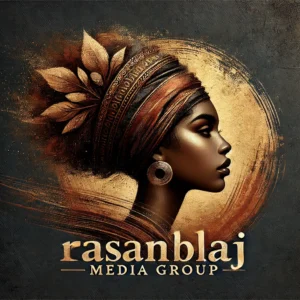There are ways to tell a story, and then there are ways to make sure a story is never forgotten. Culture history is one such method—a discipline of fragments, of pieces left behind, of the quiet endurance of objects that outlive the hands that made them.
The archaeologists arrive, brushing back layers of time, searching not just for things, but for meaning. They sort, they classify, they arrange. A broken shard of pottery is not just a piece of clay hardened by fire—it is a whisper from another time, a record of who was here, when they lived, what they carried, what they left behind.
In the Caribbean, where history has too often been written by those who arrived last, culture history offers something deeper—proof that the people who lived here before conquest and empire were not nameless, were not primitive, were not waiting to be discovered. The archaeologists speak of series and subseries, of ways to group the past into names and timelines, but beneath those labels is something more profound: a lineage, a heritage, a reminder that the people of these islands were not just wandering in the mist before Columbus set foot on their shores.
There is Saladoid, with its pottery rich in intricate designs, a sign of trade, of craftsmanship, of a people moving across waters and shaping the land to their needs. There is Barrancoid, an evolution, a continuation, a migration northward that does not fit into the rigid boundaries of modern maps. There is Ostionoid, the bridge between the past and what would become the world of the Taíno, the world that would meet Spain with both open hands and clenched fists.
Culture history does not work with words, with letters, with the grand declarations of conquerors. It works with what remains—the buren where cassava was baked, the stone tools smoothed by countless hands, the shell middens where meals were once shared.
To look at these things is to know, without doubt, that history is more than what is written. It is what is carried, what is made, what is left behind for someone, centuries later, to find and remember.
